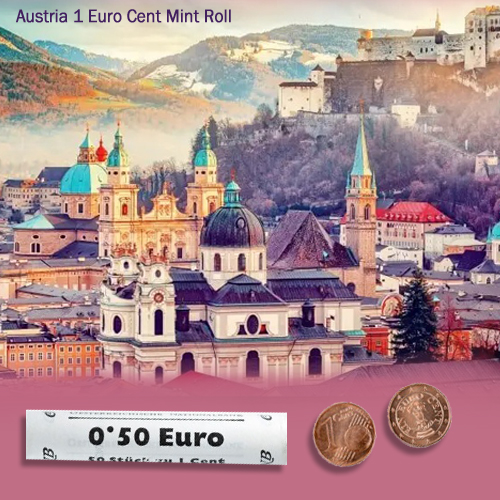Coin of German East African
2022-10-11 Tue
During World War I, a huge series of emergency banknotes were issued. It also included 15 Rupien coins which contained an equivalent amount of gold from the Sekenke Gold Mine which exuviated 15 German Marks.Between 1890 and 1916, the Rupie was the currency of German East Africa. German East Africa colonies comprised Burundi, Rwanda and Tanzania. German East Africa attained the right to mint coinage in 1890. They issued rupies which were equivalent to the Indian and Zanzibar rupee.
After 1904, Rupie was subdivided into 64 Pesa and also equivalent to 100 Heller. A fixed exchange rate of that contemporary period was 15 Rupien equal to 10 Mark.
In 1890, copper 1 Pesa and silver 1 and 2 Rupie coins were issued. Next year, silver ¼ and ½ Rupie were issued. 2 Rupie coins were issued in 1893. Later in 1904, bronze ½ and 1 Heller were introduced, followed by bronze 5 Heller and holed and cupro-nickel 10 Heller in 1908.
Image Courtesy: Wikimedia.com
Latest News
-
Commemorative Coin to mark the 200th anniversary of Rani Chennamma's victory at Kittur.
2025-10-28 TueKittur Rani Chennamma was an Indian queen of Kittur, a princely state in Karnataka. She was the firs...
-
Square Gold Tanka of Sultan Ghiyath Shah of Malwa
2025-10-27 MonGhiyath Shah ruled the Malwa Sultanate from 1456–1469 as heir apparent and from 1469–1500 as sul...
-
Ghiyath Shah as Sultan
2025-10-17 FriAfter ascending the throne of the Malwa Sultanate, Ghiyath Shah issued circular coins early in his r...
-
Malwa Sultan Ghiyath Shah Square Gold Tanka
2025-10-16 ThuMalwa Sultan Ghiyath Shah issued square gold tankas in three weight standards: Double Tanka (21.9g),...
-
Malwa Sultan Ghiyath Shah's Billon Tanka as Heir Apparent
2025-10-14 TueIn Billon, Ghiyath Shah issued coins under two weight standards. Billon Tanka of 96 rati (10.7-11g),...

